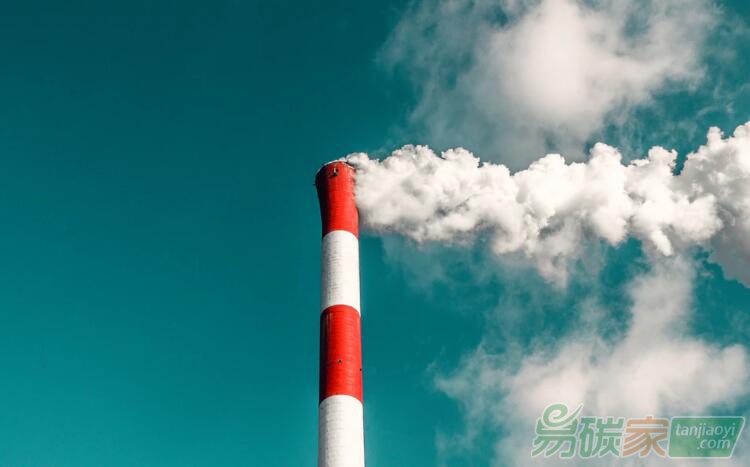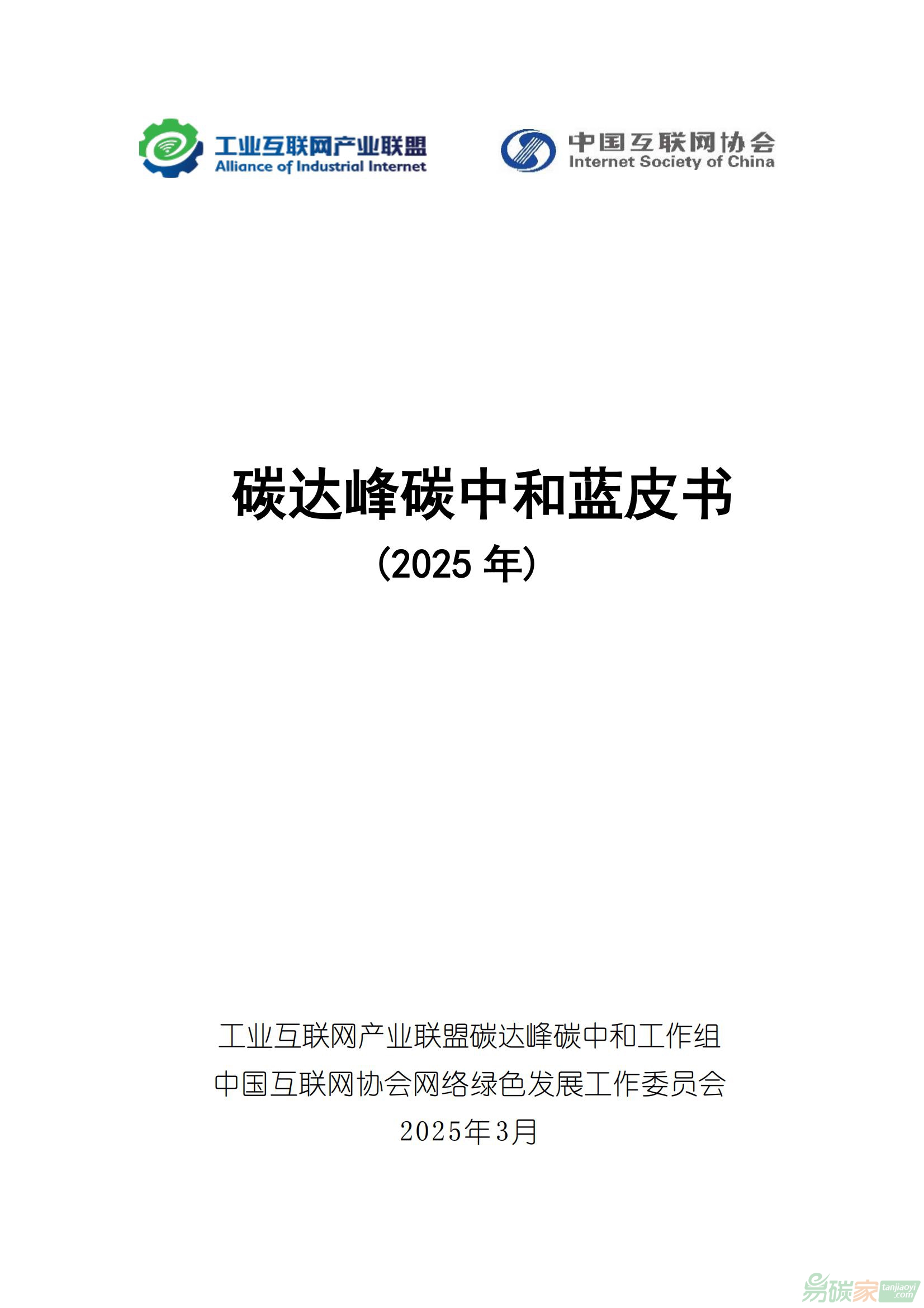據(jù)烴加工網(wǎng)站7月1日消息 能源咨詢公司DNV GL表示,全球石油需求和二氧化
碳排放量可能在2019年達(dá)到峰值,因?yàn)橐咔榇罅餍袑?duì)兩者產(chǎn)生持久影響。
這家位于挪威的咨詢公司在風(fēng)險(xiǎn)管理和技術(shù)方面為石油和可再生能源公司提供咨詢。該咨詢公司表示,由于大流行病的影響,2050年全球能源使用量將比之前預(yù)期的低8%。
DNV GL在一份聲明中表示:“旅行、通勤和工作習(xí)慣的持續(xù)改變也將減少能源使用,減少
運(yùn)輸行業(yè)以及
鋼鐵生產(chǎn)對(duì)化石燃料的需求。”
DNV GL能源轉(zhuǎn)型展望主管Sverre Alvik向路透社表示:“雖然我們預(yù)計(jì)明年石油需求將恢復(fù),但我們認(rèn)為很可能永遠(yuǎn)不會(huì)達(dá)到2019年的水平。”
國(guó)際能源機(jī)構(gòu)(IEA)6月16日表示,由于
航空運(yùn)輸量下降,預(yù)計(jì)石油需求不會(huì)在2022年之前恢復(fù)到大流行前的水平。
DNV GL此前預(yù)測(cè),石油需求將在2022年趨于平穩(wěn)。
疫情過(guò)后,人們對(duì)全球長(zhǎng)期石油需求的懷疑情緒日益增強(qiáng),這給石油公司帶來(lái)了重估資產(chǎn)的壓力。
殼牌表示,將減記價(jià)值高達(dá)220億美元的資產(chǎn),此前冠狀病毒危機(jī)打擊了石油和天然氣需求,并削弱了能源價(jià)格前景。
Alvik表示,可再生能源被視為從危機(jī)中受益,因?yàn)楫?dāng)能源總需求下降時(shí),相對(duì)廉價(jià)的能源,如風(fēng)能和太陽(yáng)能,比化石燃料更受青睞。
DNV-GL表示,雖然全球二氧化碳排放量也可能在2019年達(dá)到峰值,但未來(lái)的預(yù)期下降幅度將不足以達(dá)到《巴黎氣候協(xié)議》的目標(biāo),因此還需要采取其他措施,如碳捕獲和儲(chǔ)存(CCS)和更多地使用氫氣等。
Alvik說(shuō):“疫情已經(jīng)證明了行為改變確實(shí)是可能的,我們可以利用這個(gè)機(jī)會(huì)做出對(duì)氣候有利的改變。”
吳恒磊 編譯自 烴加工
原文如下:
Global oil demand, CO2 emissions likely peaked in 2019
Global oil demand and carbon dioxide emissions probably peaked in 2019 as the COVID-19 pandemic will have a lasting impact on both, energy consultancy DNV GL said.
The Norway-based consultancy, which advises both petroleum and renewable energy companies on risk management and technology, said global energy use would be 8% lower in 2050 than previously expected due to the impact of the pandemic.
“Lasting behavioural changes to travel, commuting and working habits will also decrease energy usage and lessen demand for fossil fuels from the transport sector as well as from iron and steel production,” DNV GL said in a statement about its research on the impact of the pandemic on oil demand and emissions.
“While we expect oil demand to recover next year, we think that it’s likely that it will never reach the levels seen in 2019,” Sverre Alvik, head of DNV GL’s Energy Transition Outlook, told Reuters.
The International Energy Agency said on June 16, it did not expect oil demand to return to pre-pandemic levels before 2022 due to a slump in air travel.
DNV GL has previously predicted oil demand would plateau in 2022.
Growing scepticism about long-term global oil demand in a post-pandemic world is putting pressure on oil companies to revalue their assets.
Shell said it would write off assets worth up to $22 billion after the coronavirus crisis knocked oil and gas demand and weakened the outlook for energy prices.
Renewable energy is seen benefiting from the crisis, because when total energy demand falls, the cheapest sources, such as wind and solar, are preferred to fossil fuels, Alvik said.
While global CO2 emissions also likely peaked in 2019, the expected decline in future would not be steep enough to meet the Paris climate agreement goals, so other measures such as carbon capture and storage (CCS) and greater use of hydrogen were needed, DNV GL said.
“COVID-19 has shown that behavioural changes are indeed possible, and we can use this opportunity to make a change which is good for (the) climate,” Alvik said.










